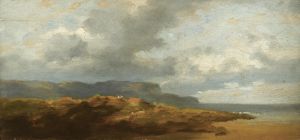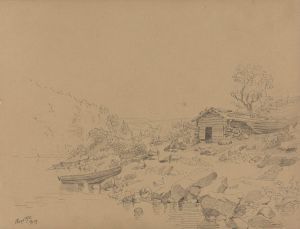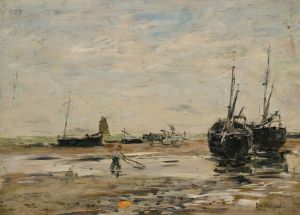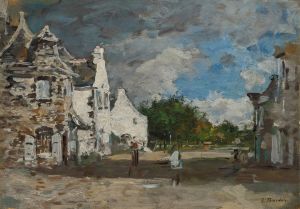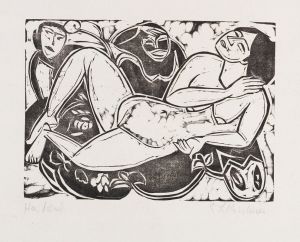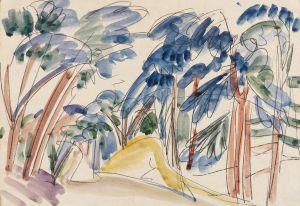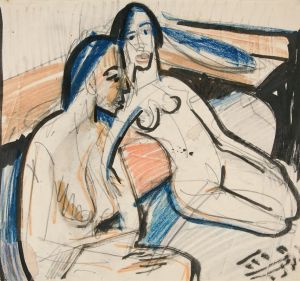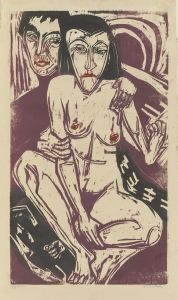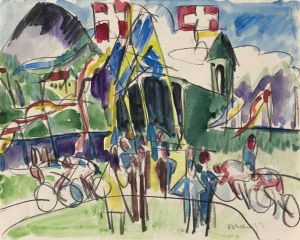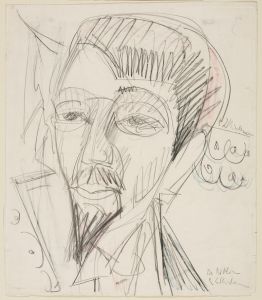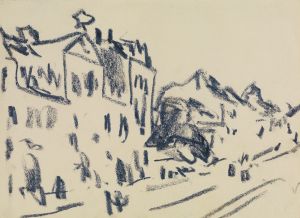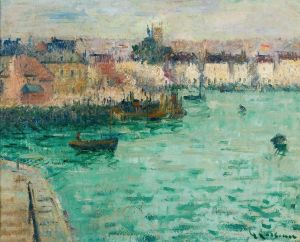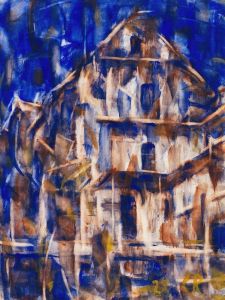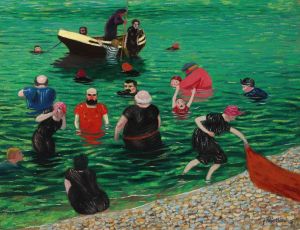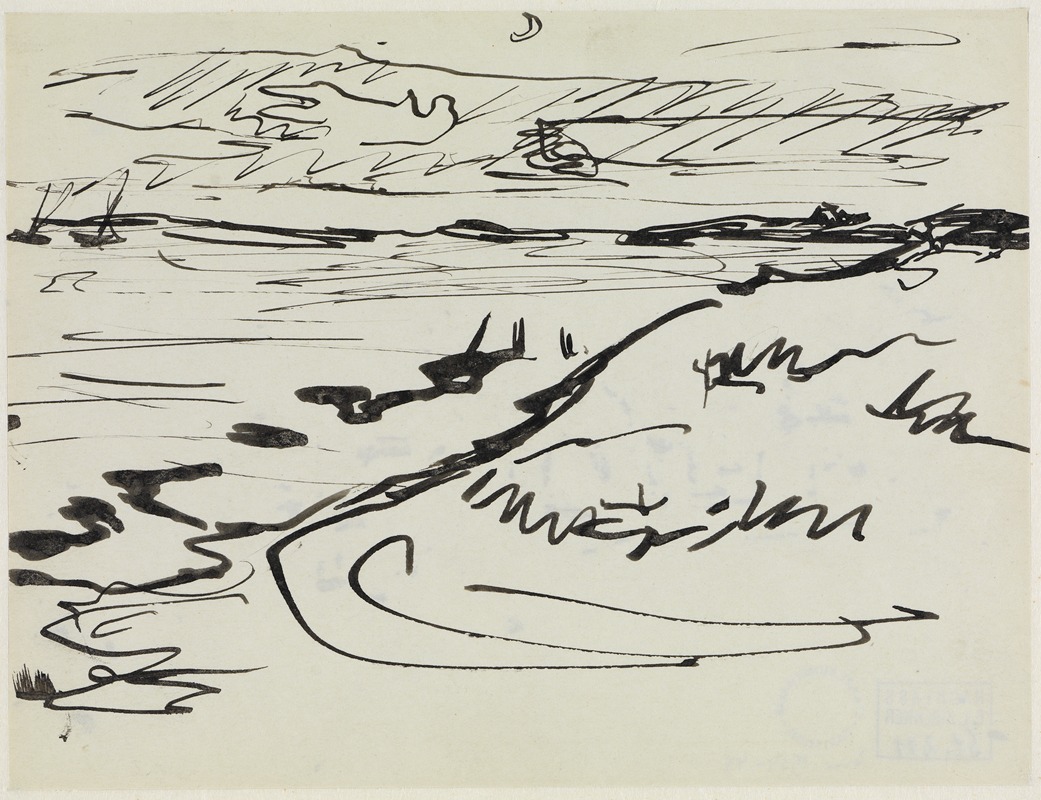
Fehmarn-Küste
A hand-painted replica of Ernst Ludwig Kirchner’s masterpiece Fehmarn-Küste, meticulously crafted by professional artists to capture the true essence of the original. Each piece is created with museum-quality canvas and rare mineral pigments, carefully painted by experienced artists with delicate brushstrokes and rich, layered colors to perfectly recreate the texture of the original artwork. Unlike machine-printed reproductions, this hand-painted version brings the painting to life, infused with the artist’s emotions and skill in every stroke. Whether for personal collection or home decoration, it instantly elevates the artistic atmosphere of any space.
Ernst Ludwig Kirchner was a prominent German expressionist painter and one of the founding members of the influential art group Die Brücke (The Bridge), which played a crucial role in the development of modern art in the early 20th century. Kirchner's work is characterized by its bold use of color, dynamic compositions, and expressive forms, often reflecting the psychological and social tensions of his time.
"Fehmarn-Küste" (Fehmarn Coast) is one of Kirchner's notable works, capturing the landscape of the island of Fehmarn, located in the Baltic Sea off the northern coast of Germany. Kirchner visited Fehmarn several times between 1912 and 1914, and the island became a significant source of inspiration for his art. The natural beauty and serene environment of Fehmarn provided a stark contrast to the urban scenes of Berlin, which Kirchner also frequently depicted.
In "Fehmarn-Küste," Kirchner employs his signature expressionist style to convey the vibrant and dynamic essence of the coastal landscape. The painting is marked by its vivid color palette, with bold blues, greens, and yellows that capture the essence of the sea, sky, and land. Kirchner's brushwork is energetic and fluid, imbuing the scene with a sense of movement and life. The composition is typically non-linear, with exaggerated forms and perspectives that emphasize the emotional impact of the landscape rather than a realistic portrayal.
Kirchner's time on Fehmarn was not only artistically productive but also personally significant. The island offered him a retreat from the pressures of city life and the burgeoning tensions of pre-World War I Europe. It was during these visits that Kirchner developed a deeper connection with nature, which is evident in the way he depicted the landscapes with such intensity and emotion. The works created during this period, including "Fehmarn-Küste," reflect a sense of freedom and exploration, both in terms of subject matter and artistic technique.
The painting is an excellent example of Kirchner's ability to transform a simple landscape into a powerful expression of mood and atmosphere. His use of color and form challenges traditional representations of nature, inviting viewers to experience the scene through the lens of emotion and personal interpretation. This approach is a hallmark of expressionism, where the artist's subjective experience takes precedence over objective reality.
Kirchner's contributions to art extend beyond his paintings. As a member of Die Brücke, he was instrumental in fostering a new wave of artistic innovation that broke away from academic traditions and embraced a more avant-garde approach. The group's emphasis on spontaneity, bold colors, and emotional depth had a lasting impact on the development of modern art, influencing subsequent movements and artists.
"Fehmarn-Küste" remains an important work within Kirchner's oeuvre, exemplifying his mastery of expressionist techniques and his ability to capture the essence of a place through his unique artistic vision. The painting continues to be celebrated for its vibrant energy and its role in the broader context of early 20th-century art.





